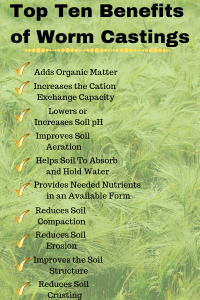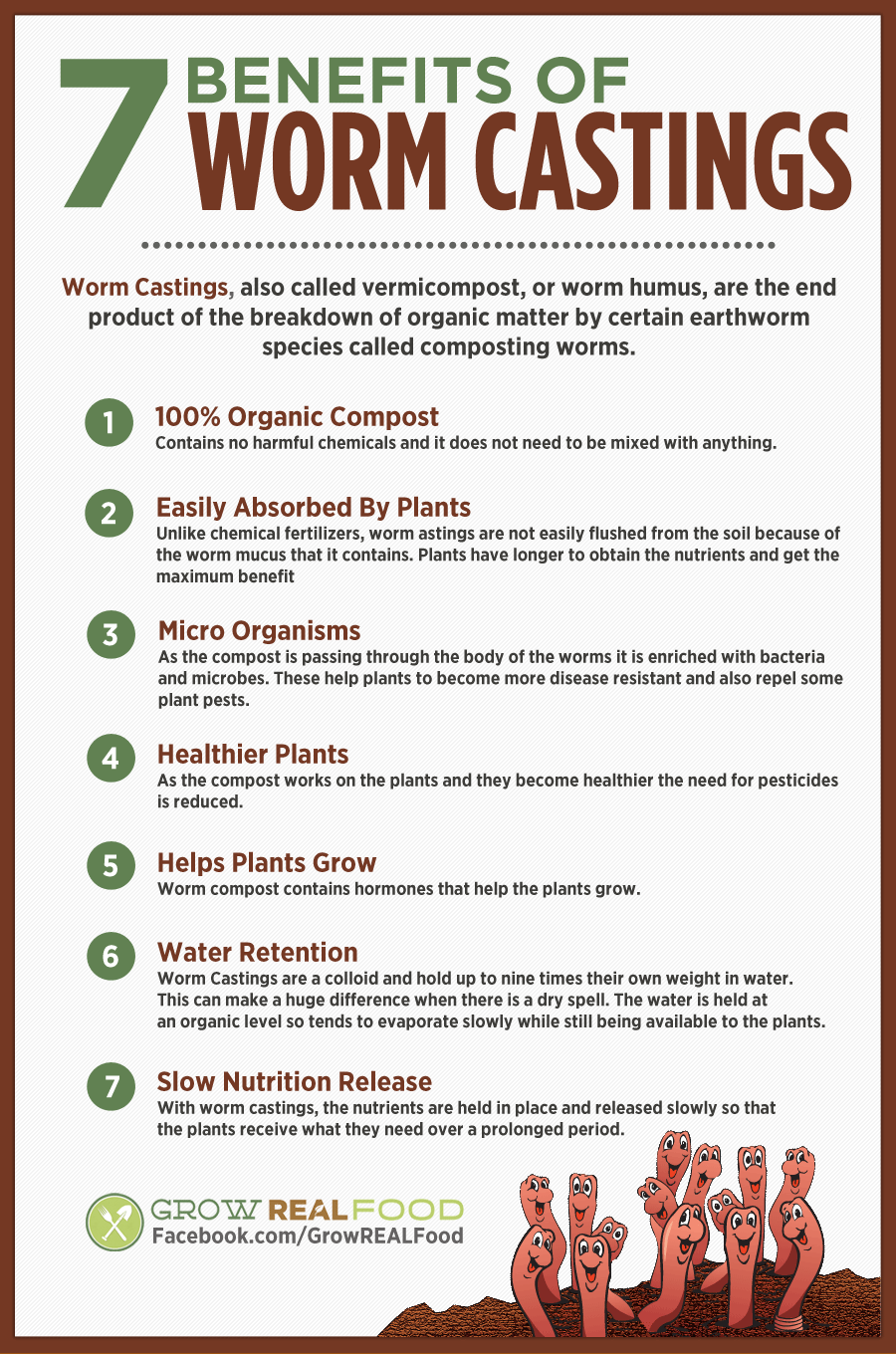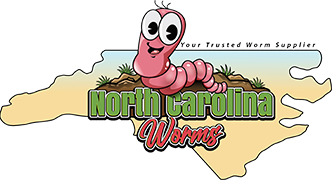What Does North Carolina Worms Do?
What Does North Carolina Worms Do?
Blog Article
North Carolina Worms Fundamentals Explained
Table of ContentsSome Ideas on North Carolina Worms You Need To KnowNorth Carolina Worms Can Be Fun For EveryoneMore About North Carolina WormsThe North Carolina Worms Statements
Instance: 1-gallon of worm castings to 4 gallons of potting mix. Do NOT make use of a potting mix that has chemical fertilizers in it. Read the labelit will claim. 1/2 mug in all-time low of the growing opening for smaller sized plants. 1 mug for bigger plants. ie. tomatoes, green peppers, summer season squash, and the like.
The enhancement of tea can also include boosted microbial biomass to your dirt. You can constantly side-dress your plants with worm castings any time. Just remember, the bacteria will certainly die if exposed to UV rays (Sunlight), so make sure to cover the spreadings with an inch or so of dirt.
This baffled them for many years until the screening techniques became better. They found that plant development and health showed a Normal curve. It would improve(with more castings), degree off, and after that decrease. They were mystified. They ultimately uncovered that excess plant-growth hormones were the offender. Way too many worm castings would certainly speed up the development to a pace that the plant could not recoup from.
8 Simple Techniques For North Carolina Worms
Several herbicides work with this very same concept. 20% by quantity appears to be the "Dessert Place". I have expounded the virtues of worm castings for about 2000 words. What about the opposite side of the coin? Nothing is perfect. Worm castings are no various. It requires time to create quality worm castings.
Worm castings absolutely cost more than chemical plant foods. Worm castings are on the cheaper end of natural fertilizers. (50 gallons per year) It is a much more difficult and really costly investment to produce huge quantities of worm spreadings.

Developing a healthy soil might be the best benefit of worm spreadings. Healthy and balanced dirt was reviewed and just how crucial this has come to be to everyone. The top 10 benefits of worm spreadings were likewise offered. We discussed worm castings NPK and additionally the appropriate nutrient evaluation that ought to relate to worm spreadings.
The 10-Minute Rule for North Carolina Worms
We spoke regarding some of the negative aspects connected with worm spreadings. I covered a whole lot of product in this write-up.
The vertical burrows are generally open, although the worms cap the top with deposit and waste matter. Roots need oxygen for their development, whereas they produce carbon dioxide that requires to leave the dirt.
Earthworms raise porosity by 2 systems: (1) by creating permanent burrows, and (2) by boosting soil gathering. Gathering is enhanced by the mixing of dirt and raw material in the earthworms' guts. Lenoir NC Worms For Sale. These very secure accumulations are deposited by some earthworms in their burrows, and by others at the surface area of the soil


In an additional research, earthworms were estimated to eat 4 to 10 percent of the leading 6 inches of the dirt each year. Dirt compaction lowers the porosity of the dirt.
Some Known Details About North Carolina Worms
Normal earthworm populaces can quickly take in 2 lots of dry issue per acre annually, partly absorbing and mixing it with soil. The relevance of earthworms to blend surface deposit with dirt ends up being really clear in dirts that do not have any earthworms. The majority of our Pennsylvania soils have at least some earthworms, and the effect of their full absence, consequently, can not be kept in mind.
(https://the-dots.com/users/north-carolina-worms-1813520)In these soils, the formation of topsoil with sensible raw material content did not occur, resulting in inadequate crop development. When the reason was established, the government of the Netherlands began a project to introduce earthworms. After the introduction of the earthworms, a dark topsoil layer was formed, and crop growth enhanced significantly.
They live primarily from partly decayed organic matter that is currently integrated in the dirt. These types ingest huge amounts of soil that they blend with absorbed crop residue in their intestines.
These varieties consume considerable quantities of soil that they blend with digested deposit in their guts. Their waste matter is mostly deposited at the surface area of the soil.
Report this page